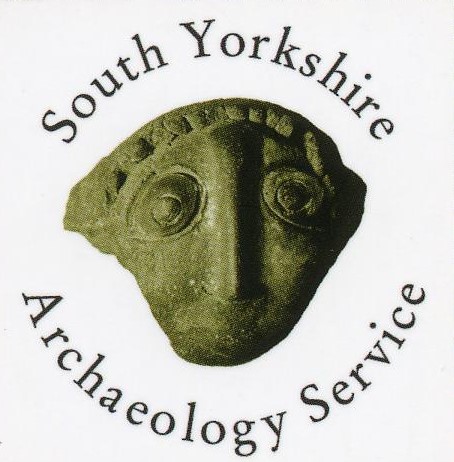Meersbrook Park Historic Park & Garden
Location/Address
None recorded
Type
Description
This Historic Park and Garden was identified and considered Locally Listed under the Sheffield UDP and UDP Policy BE21, which can be seen here: https://www.sheffield.gov.uk/sites/default/files/2022-07/03-udp-built-environment.pdf . The supporting document, which contains the schedule of identified Historic Parks & Gardens, can be seen here: https://www.sheffield.gov.uk/sites/default/files/docs/planning-and-development/sheffield-plan/Historic%20Parks%20%26%20Gardens.pdf. As a result, the park and all its associated features has been included in the current Local Heritage List for South Yorkshire.
Meersbrook Hall, a Listed Building, was built in the mid 1700s as the residence of Benjamin, a prosperous merchant from the locally famous Roebuck family but later the estate
passed to a syndicate of London stockbrokers, the Lands Allotment Company Limited. Sheffield Corporation acquired 37 acres of land in 1886 for a sum of £7,500 with additional acquisitions in 1928 and 1964.
The General Purposes and Parks Committee assisted by the Borough Surveyor advised on and supervised the necessary improvements and alterations for the public park. At this time, larger premises were needed to house the Ruskin Collection, which had rather outgrown the premises at the St George's Museum, Walkley. The decision was made to house the collection at Meersbrook Hall, which opened in 1890 and closed in 1950.
One of the main features was a broad promenade walk called 'The Avenue' which was situated above the hall and afforded excellent views across the City. 'The Rosary' was a small ornamental rose garden that could be viewed from above from the elevated position of the :Avenue' drawing the eye to distant views and landmarks such as Sharrow Church. A weeping ash formed part of the focus of the garden. A path led from here down into an intimate rockery and cascade walk, known as 'The Glen'. The Corporation also purchased the large kitchen garden adjoining the house which contained hot and green houses and fruit trees.
The Westran fountain was unveiled on 5 August 1891 by Major Alderman W J Clegg in memory of William Westran, one of the founders of the British United Order of Oddfellows. The bandstand, situated just above the fountain, was for some time a focus of enjoyment and social activity.
The Bishop's House (scheduled as an Ancient Monument and is Listed Grade II*) is the most complete example of a timber framed house surviving in Sheffield, built around 1500. The house is sited at the highest point in the park and the gardens around it are planted with herbs, shrubs and flowers typical of 16th and 17th Century small domestic gardens.
In the 20th century, recreational uses included football, often played at the bottom of the park, and tennis, popular in the 1900s, on the red shale courts at the bottom of Burnside Avenue and the top of Meersbrook Park Road. Two bowling greens were opened in 1907 and 1910 and in 1928 a new bowls and tennis pavilion was opened.
Sheffield Directorate of Planning and Economic Development, 1997, Sheffield's Historic Parks and Gardens (Unpublished document).
Statement of Significance
None recorded
Date Listed
n/a
Last Updated
07 Sep 2022
Comments and Feedback
Do you have any questions or more information about this record?



